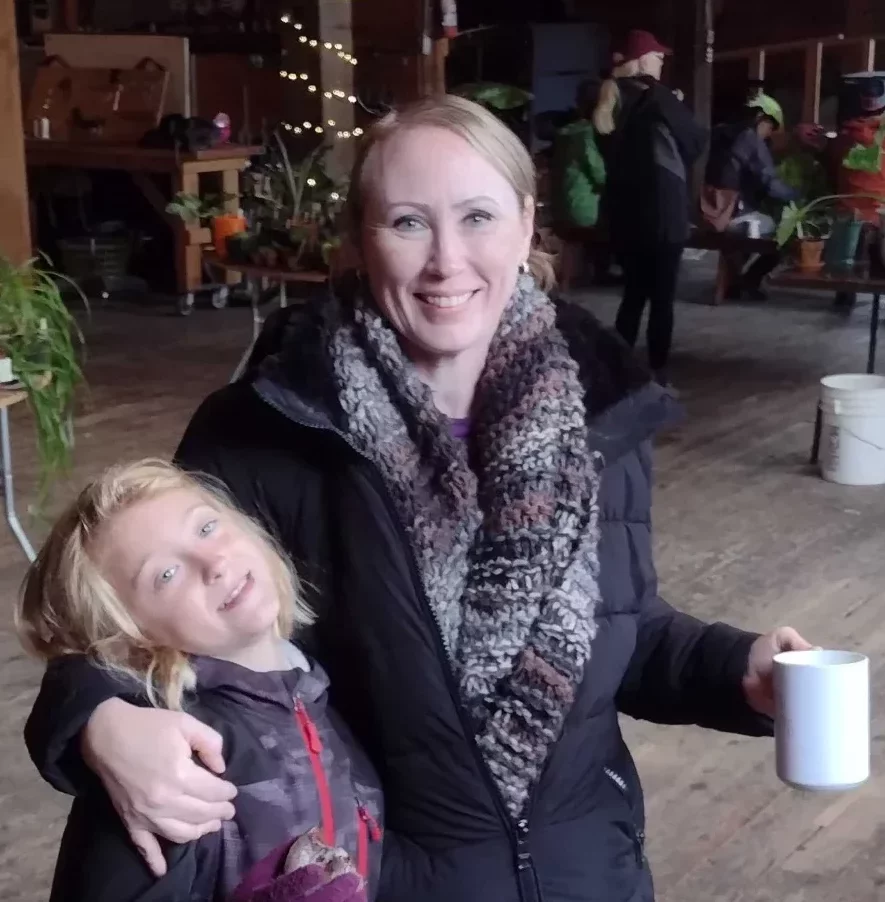Pushing Past the Pain: Megan Mackay’s 4 Steps to Radical Acceptance

As a counselor with Lucid Lane, Megan MacKay, LPC, believes that clients with chronic pain and medication dependence need to be inspired. She helps individuals successfully taper off opioids or benzodiazepines by helping them find more effective ways to manage their pain. One of those methods is by adopting a mindset of radical acceptance.
What is radical acceptance?
Perspective is everything! “We all take in vast amounts of information and filter it through our brains on a daily basis, creating stories about the world that make sense to us,” Megan explains. “And we put things into perspective in a way that allows us to process that information, make decisions, and move on. Everyone has different experiences growing up—values and beliefs—as well as brains and physical chemistry. No one is right or wrong, yet we can take the same event and it can mean 20 different things to 20 different people.” For instance, losing a job might be devastating to one person while it might be a relief for someone else if they were working in a very toxic environment.
“Framing the pain in that way is helpful. It’s actually a good thing that our bodies tell us when we’re in pain. It’s their way of keeping us safe. When you have chronic pain, it starts to become a hindrance, but reframing things in a way that makes it look more positive and more manageable—it helps people.” In other words, radical acceptance is staying in the present and seeing things as they are rather than how one thinks they should be.
“Framing the pain in that way is helpful. It’s actually a good thing that our bodies tell us when we’re in pain. It’s their way of keeping us safe. When you have chronic pain, it starts to become a hindrance, but reframing things in a way that makes it look more positive and more manageable—it helps people.”
4 Steps to Radical Acceptance
1. Identify the Problem
The importance of stating a problem out loud is twofold. First, most chronic pain clients want to be heard and to have their experiences validated, Megan explains. “That’s really the first step, because they often don’t want to bother people yet don’t have anybody to talk to.” Secondly, this is a chance for a counselor to ask questions and start to uncover any cognitive distortions. “For instance, are they ashamed of themselves because they’re not where they think they should be? Are they dwelling on the negatives and ignoring the positives?”
2. Evaluate Actions Taken
After hearing from her clients, Megan asks them to list out what steps they have actively taken to deal with chronic pain. This simple step should not be overlooked, as it is a way to build some rapport with oneself and gain the confidence to make changes.
3. Discuss Possibilities
Next, it’s time to consider new pain management options that can be incorporated into the client’s routine. “Exercise, stretching, mindfulness techniques, relaxation, and many other practices have been shown to help clients handle or improve their pain at some level,” Megan says. She warns that this is another stage where perception commonly surfaces as obstacles that block a person from trying new things. For instance, they may believe that because a treatment failed them in the past, it will always fail them going forward.
4. Focus on implementing new changes
This final step is where accountability comes into play. “I meet with clients and ask if they’re putting into practice the things that we talked about,” Megan says. “If so, is it helping them? If not, let’s reevaluate and see what else we can do.”
Megan’s passion for working within the field of addiction is what initially led her to Lucid Lane. “I do serve general mental health populations, but I have a deep interest in helping those who are struggling with drug dependence or addiction in some form or fashion,” she says. Fueled by her personal connection to addiction (she’s been in recovery for alcoholism for 10 years), one of her primary goals in coaching is to instill hope back into people who’ve lost it. “I first hear people out, because most people want to be heard to have their experiences validated. Then I focus on empowering them to know they’re not at the complete mercy of their pain, and there are still actions they can take.”
Learn More
Get in touch with us.
Contact us at [email protected]































